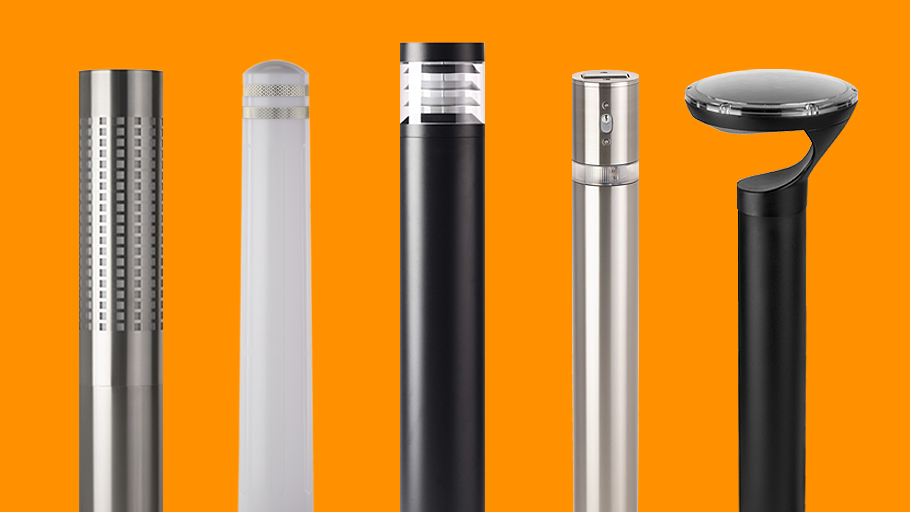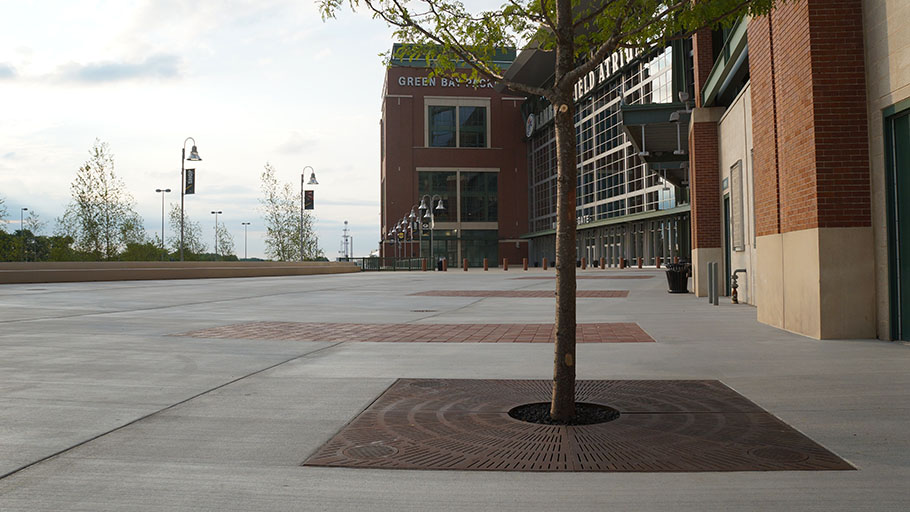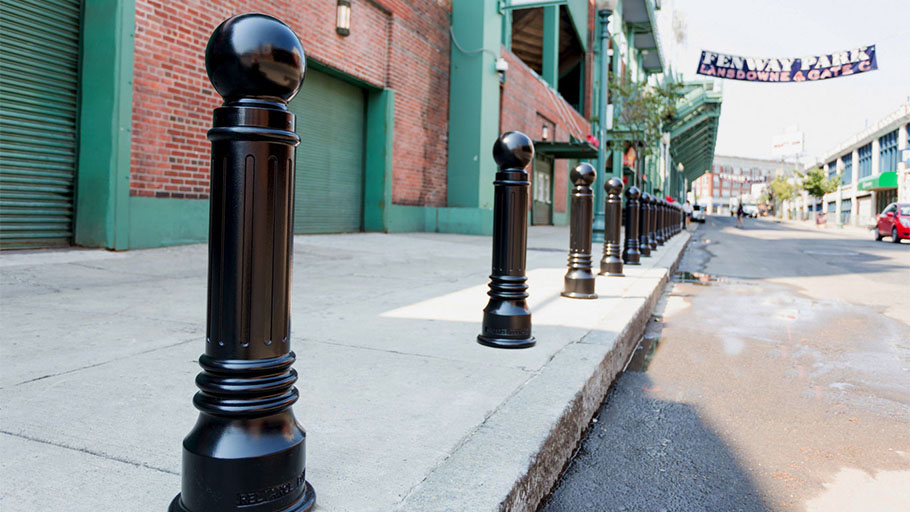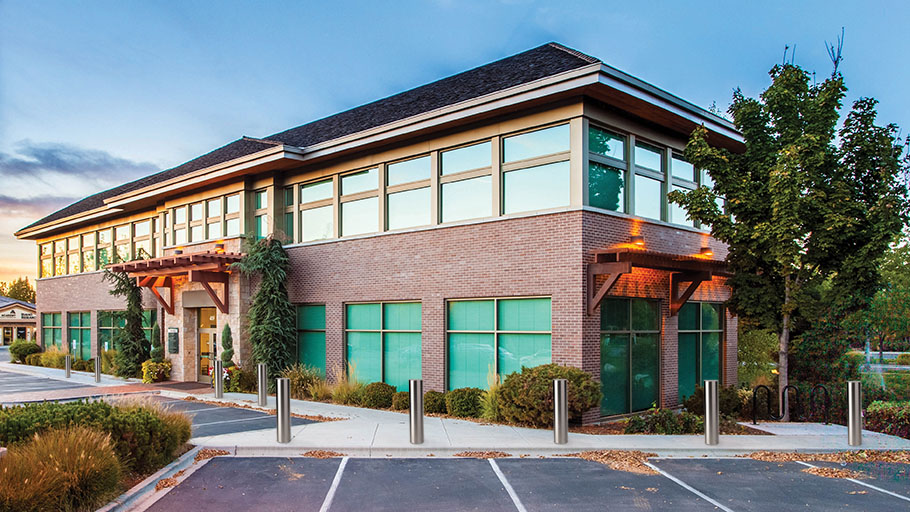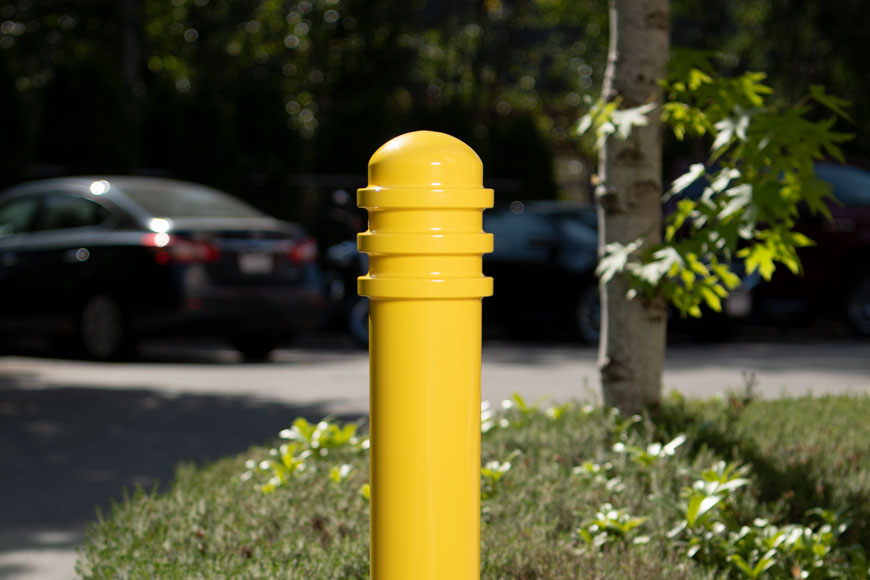From Parking to Pedestrians

In the face of rapidly increasing urbanization and the push for more pedestrian-friendly spaces, cities around the globe are seeking innovative solutions to adapt and thrive. Amidst growing densities, the demand for multifunctional urban spaces is more pressing than ever. One such solution lies in the strategic use of semi-automatic bollards, which offer a versatile approach to managing urban spaces. These bollards play a pivotal role in transforming areas from being vehicle accessible to pedestrian-centric, enhancing the adaptability and functionality of public spaces. This article delves into how semi-automatic bollards are facilitating this transformation, focusing on their impact on adaptability, safety, and space utilization.
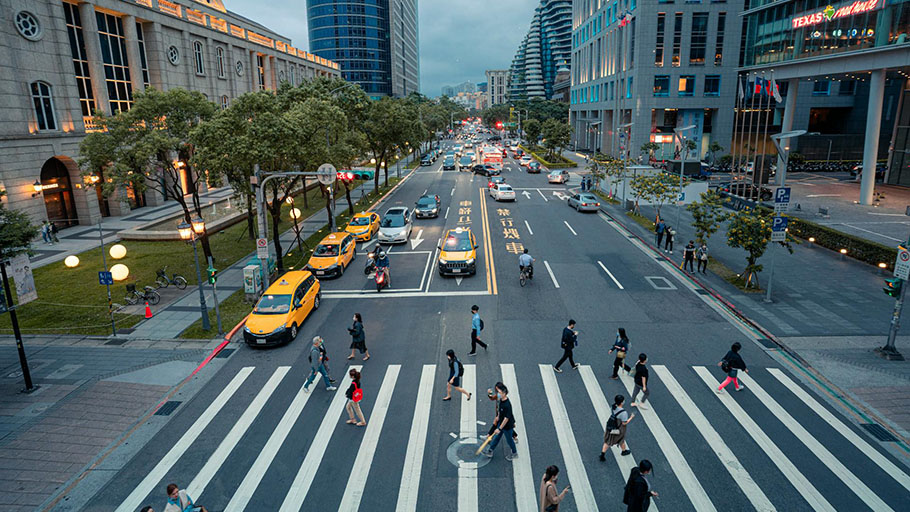
Flexible Urban Spaces
The demand for flexible urban planning has never been more critical. Modern cities face the dual challenge of accommodating vehicle traffic while ensuring pedestrian safety and comfort. This balancing act requires innovative approaches to urban design, where flexibility and adaptability are paramount. Semi-automatic bollards emerge as a key solution in this context, offering a dynamic tool for space management that can swiftly adapt to changing needs and usage patterns. They are particularly valuable in emergency access scenarios or during special events, serving as a testament to their flexibility in use.
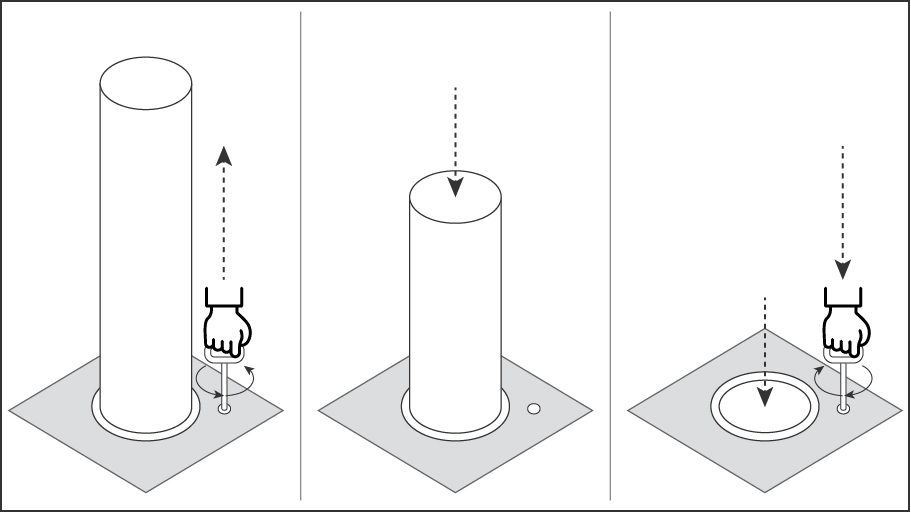
Understanding Semi-Automatic Bollards
Semi-automatic bollards are designed to offer a middle ground between the permanence of fixed bollards and the high-tech nature of fully automatic systems. They operate with a combination of manual and automated mechanisms, allowing for the bollards to be raised or lowered as needed without the need for continuous power supply or complex control systems. This blend of functionality provides a cost-effective, low-maintenance solution that does not compromise on flexibility or security. The inclusion of gas struts or manual hydraulic pumps ensures reliability and longevity, emphasizing the bollard’s design for ease of use and minimal upkeep. Moreover, these bollards are designed to withstand environmental challenges, including severe weather conditions and potential tampering, highlighting their durability and reliability.
Benefits of Semi-Automatic Bollards in Urban Spaces
Adaptability
The primary advantage of semi-automatic bollards lies in their adaptability. They can be quickly deployed or retracted to transform a space from vehicle-accessible to pedestrian-only zones, catering to various events, times of day, or specific urban planning objectives. This adaptability is enhanced with security features that allow only authorized individuals to control the bollards, adding an extra layer of security and access control.
Safety and Security
By controlling vehicle access, semi-automatic bollards significantly enhance pedestrian safety and security. They serve as a physical barrier against unauthorized vehicle entry, reducing the risk of accidents and potential terrorist threats. The psychological impact of these bollards on pedestrian perception of safety cannot be understated, as they contribute significantly to the sense of security in public spaces.
Aesthetic Integration
Semi-automatic bollards are not just functional; they can also be aesthetically pleasing. Designed to complement the surrounding architecture and landscape, these bollards can seamlessly integrate into any urban setting, contributing to the overall visual appeal of the space. The ability to customize bollards to fit the aesthetic of a specific area ensures that they enhance rather than detract from the environment.
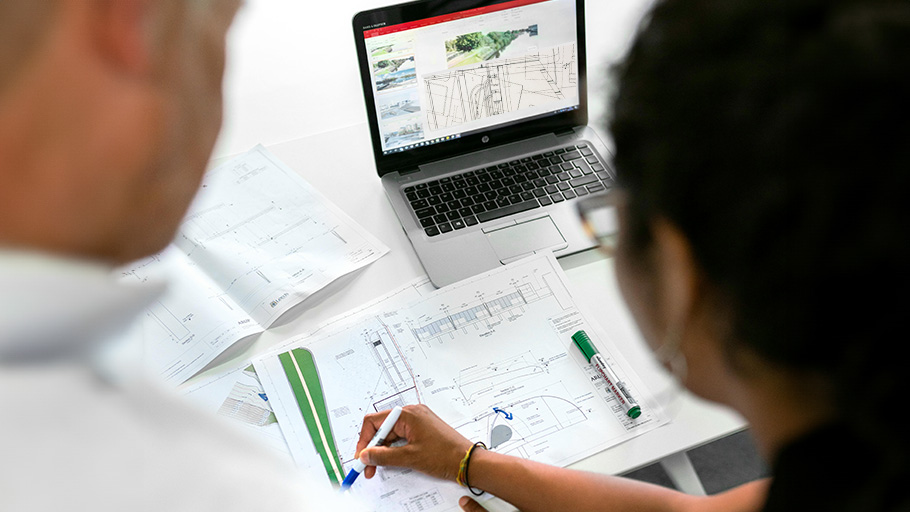
Implementation and Challenges
Proper planning and design are essential to ensure that the bollards meet the specific needs of an area while minimizing maintenance and operational challenges. Common installation challenges, such as navigating underground utilities or ensuring compliance with accessibility standards like the Americans with Disabilities Act (ADA), require careful consideration and strategic planning.
Despite their benefits, the deployment of semi-automatic bollards can face obstacles, such as cost implications, resistance from local businesses, and the need for public awareness and acceptance. Addressing these challenges requires a strategic approach, including stakeholder engagement, public education campaigns, and careful consideration of the economic and social impacts.
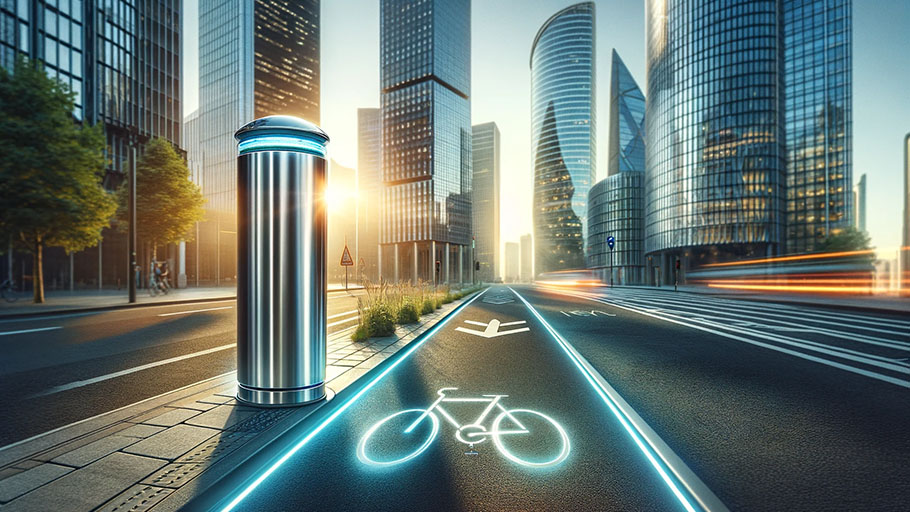
The Future of Pedestrian and Vehicle Coexistence
Looking ahead, semi-automatic bollards are poised to play a crucial role in the evolution of urban spaces. As technology advances, we can anticipate enhancements in the functionality, efficiency, and integration of bollards with other smart city systems, further solidifying their role in creating adaptable, safe, and pedestrian-friendly environments.
Innovations in bollard technology, such as integration with smart city infrastructure or IoT devices, promise to improve traffic and crowd management, marking a significant step forward in urban design and planning.
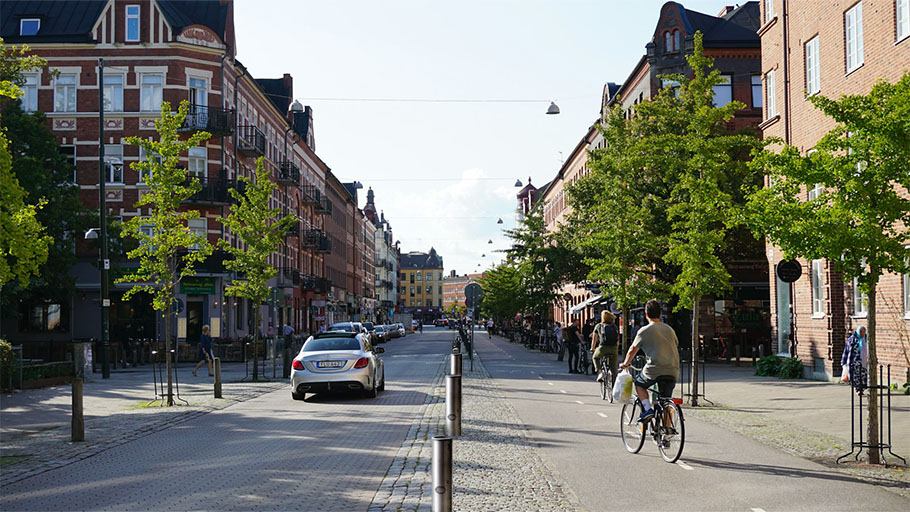
Semi-automatic bollards represent a significant advancement in the search for flexible, safe, and aesthetically pleasing urban spaces. By facilitating the transformation of areas from vehicle-centric to pedestrian-oriented, these bollards are at the forefront of modern urban design and planning. As cities continue to evolve, the integration of semi-automatic bollards in urban development projects will be crucial for stakeholders, including city planners, property managers, and architectural design firms, to create the adaptable and pedestrian-friendly environments that are increasingly in demand.

